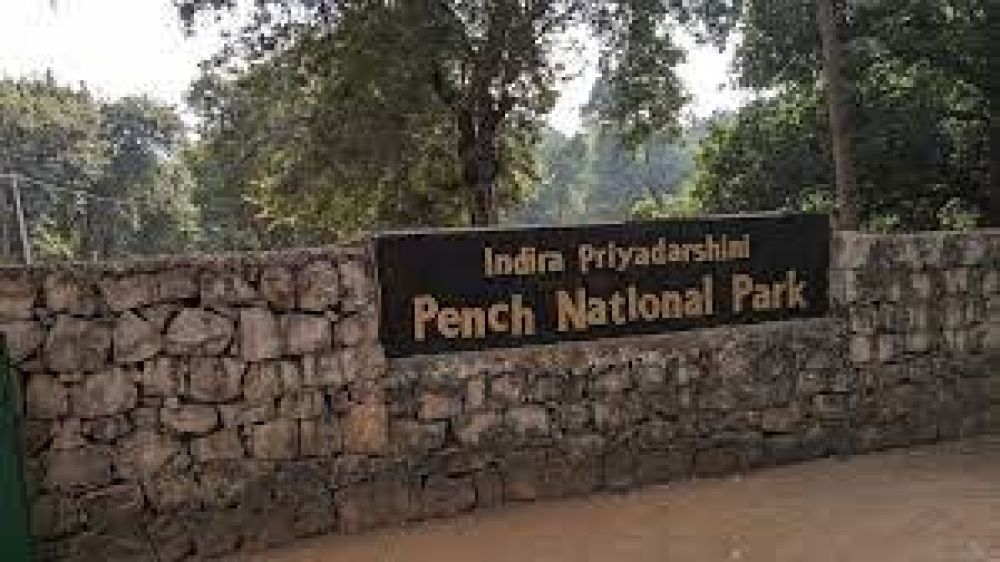

The Karmajhiri Gate serves as one of the serene entry points to the richly biodiverse Pench National Park in Madhya Pradesh, India. Nestled in the lower southern reaches of the Satpura hills, the park is named after the Pench River, which meanders through its heart. Karmajhiri Gate, though less frequented than the main Turia Gate, offers visitors a quieter yet equally enchanted experience of the park's wildlife and natural beauty.
Tourism at Pench National Park developed gradually. The area was firstly acknowledged for its ecological significance by the British in India, but it was not until 1977 that it was declared a sanctuary. By 1983, it had gained recognition as a national park, and in 1992, it was established as a Tiger Reserve under the Project Tiger initiative.
With the popularization of wildlife safaris and an increase in eco-conscious tourism, the national park witnessed a steady influx of visitors from around the globe. The tourism infrastructure was subsequently augmented, giving rise to a number of resorts and lodges around the park with Karmajhiri Gate providing an alternative entry point for those seeking a quieter ingress into the park.
Recent trends in tourism at Karmajhiri Gate reflect an increasing desire among tourists for offbeat and immersive wildlife experiences. Unlike the more popular Turia Gate, Karmajhiri offers a more solitary communion with nature. This has appealed to wildlife enthusiasts, photographers, and nature lovers who wish to explore beyond the beaten paths.
Eco-tourism has also been on the rise, with visitors seeking to minimize their impact on the environment while engaging in responsible wildlife viewing practices. This trend has shaped the facilities and services around Karmajhiri, focusing on sustainability and support for local communities.
Visitors entering through Karmajhiri Gate can expect thrilling jungle safaris that promise encounters with diverse wildlife such as the Bengal tiger, leopard, wild dog, gaur, and several species of birds. The park's topography, with its teak forests, grassy meadows, and undulating terrain, adds to the sense of adventure.
While the gate is open from October to June, the best time to visit is between November and May, as the chances of spotting wildlife, including the majestic tigers, are higher due to the drier climate.
Moreover, the park authority has put in place various conservation efforts, ensuring that visits through Karmajhiri Gate contribute to the overall well-being of Pench's ecosystem.
Sustainable tourism at Karmajhiri is promoted through initiatives like controlled safari vehicles, trained naturalists, and community engagements. Homestays and local guides provide economic opportunities to nearby villages, fostering a positive relationship between tourism and conservation.
The emphasis on ecological responsibility ensures that the pristine condition of the park is maintained for future generations to enjoy.
As a blend of rich history, ecological significance, and contemporary conservation efforts, Karmajhiri Gate stands as a testament to the balanced approach towards tourism in Pench National Park. Whether it's the thrill of a tiger safari or the tranquility of nature walks, Karmajhiri offers an authentic gateway to the wilderness that continues to captivate the hearts of travelers.